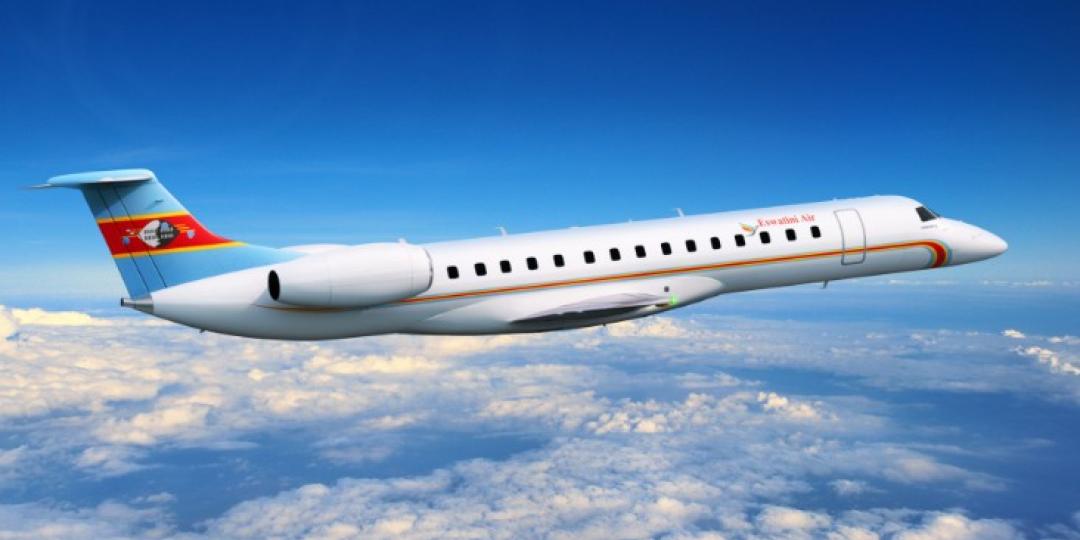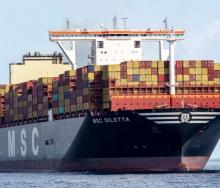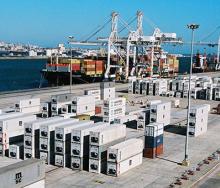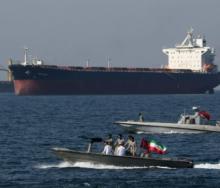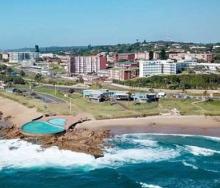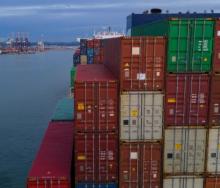Eswatini and Zimbabwe signed a bilateral aviation accord this week at a time when the Eswatini taxpayer paid another multi-million rand stipend to support the government-owned airline that will service the air route to Harare from King Mswati III International Airport.
The Swazi-Zim aviation agreement was one of the showcase signings staged by the two countries’ transportation ministers during the recent African-Indian Ocean Aviation Week conference at Victoria Falls.
Flights by Royal Swazi National Airways to Harare are the carrier’s only trips out of Eswatini to a destination other than South Africa.
The airline has flights to Cape Town, Durban and Johannesburg. The focus on these four destinations represents a considerable shrinkage of route ambitions announced when Royal Swazi National Airways was re-launched in 2022 with a fleet of two Embraer ERJ-145 regional jets to replace the grounded Swazi Airlink, a public-private venture whose collapse temporarily left Eswatini as the world’s only country without a regularly scheduled commercial air service.
However, the minister of Public Works and Transportation, Swazi chief Ndlaluhlaza Ndwandwe, who was pulled from his traditional duties to oversee the country’s transportation infrastructure, had some explaining to do before the Eswatini parliament about the airline’s failed original goal to be financially self-sustaining by the end of its third year of operations – 2025.
“We want to know if we will get value for money in this and further ensure that the public purse is protected,” asked MP Mduduzi Matsebula, perhaps three years too late for such an inquiry.
The financial report of the Royal Eswatini National Airways Corporation for 2024 reports that 83% of the airline’s finances comes from government funding. Only 17% of company operations are paid by revenue earned from passengers and cargo.
Ndwandwe checked off three reasons impeding better financial performance by the airline:
- Operational hurdles caused by regional differences in aviation regulations (the type of differences being addressed through agreements such as the one signed with Zimbabwe)
- Competition from larger and long-established airlines
- Economic and trade uncertainties coupled with rising fuel costs
These factors account for Royal Swazi National Airways’ continuing dependence on government subsidies for its survival.
Freight movement presents a bright spot. Finance minister Neal Rijkenberg told parliament that cargo volumes aboard the airline grew by 25% between 2023 and 2024. Passenger traffic also showed improvement this past year, having increased by 34% in 2024 from 2023 – 73 926 passengers versus 56 281 the year before.
Such upward growth demonstrates successful marketing, interest in Swazi businesses to ship freight by air and potential to create a new regional airline, said the finance minister.
Meanwhile, public subsidies will continue, amounting to R395 million in 2025, up from R335 million granted in 2024. These monies are apart from government spending on the King Mswati III International Airport.
In total, over the past three years, Swazi taxpayers have spent R1.2 billion on the airline to fly an estimated 190 000 passengers from the commencement of flights on 26 March 2023 to April 2025 or R6 316 per passenger. The cheapest one-way ticket from Eswatini to Harare is R2 867.
